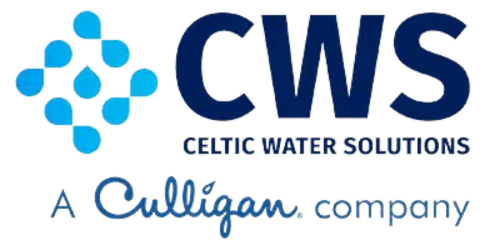Collection: The Problem with Single Use Plastics. And Now We’ve to Deal with it.
To be honest, it is quite remarkable that plastic isn’t covering every square foot of earth. Research has estimated that humans have produced 6300 metric tons of waste since 1950, out of which only 9 percent has been recycled. The same research predicts if waste management trends continue at this staggering pace, the amount of waste would be doubled by 2050. Researcher often argue it’s highly possible that plastic won’t break down at all. No matter, how you view the current picture, it reveals only one thing: Plastic is suffocating the Earth. A report by CitiGPS estimates single use plastic bottles to represent 15 percent of marine waste. The biggest problem with plastics is the fact they don’t decompose. It takes about 500 years for plastic to degrade into smaller pieces called microplastics. And to make the matters worse, the process of plastic degradation releases toxic chemicals into the environment which enter the food and our water supply. A WHO report critically reflects that some microplastics are small enough to pass through gut wall and enter our blood stream. It’s impact on human health is still unknown. 

